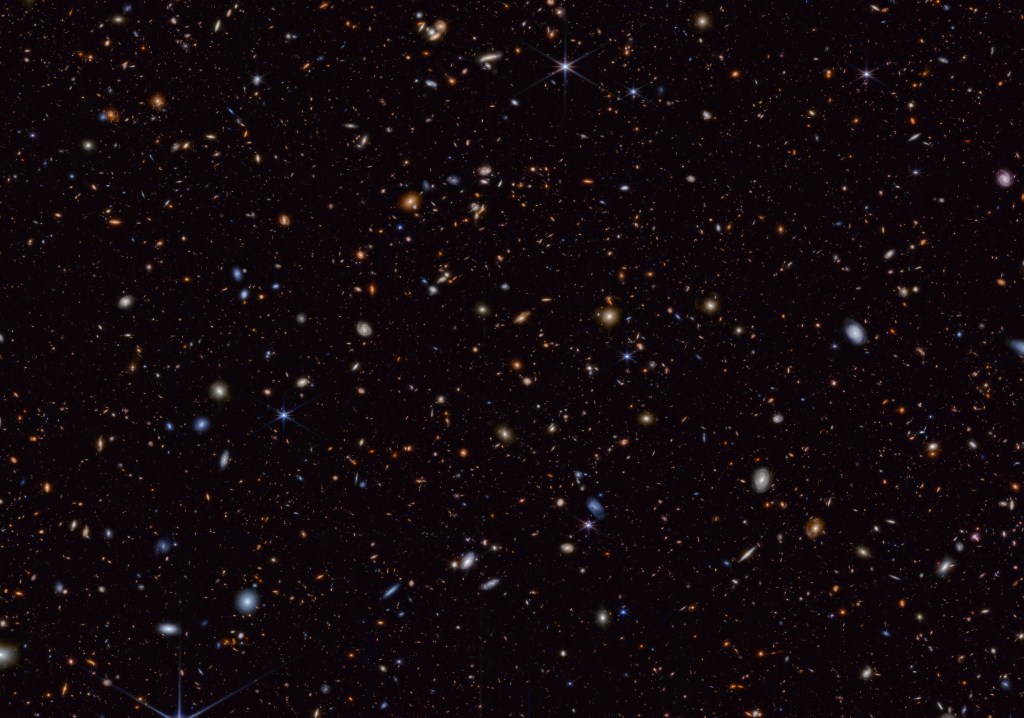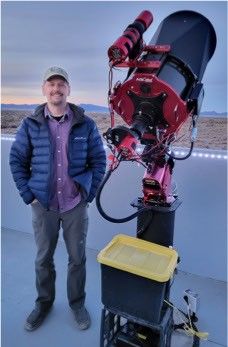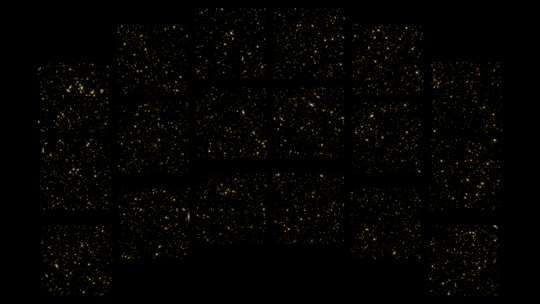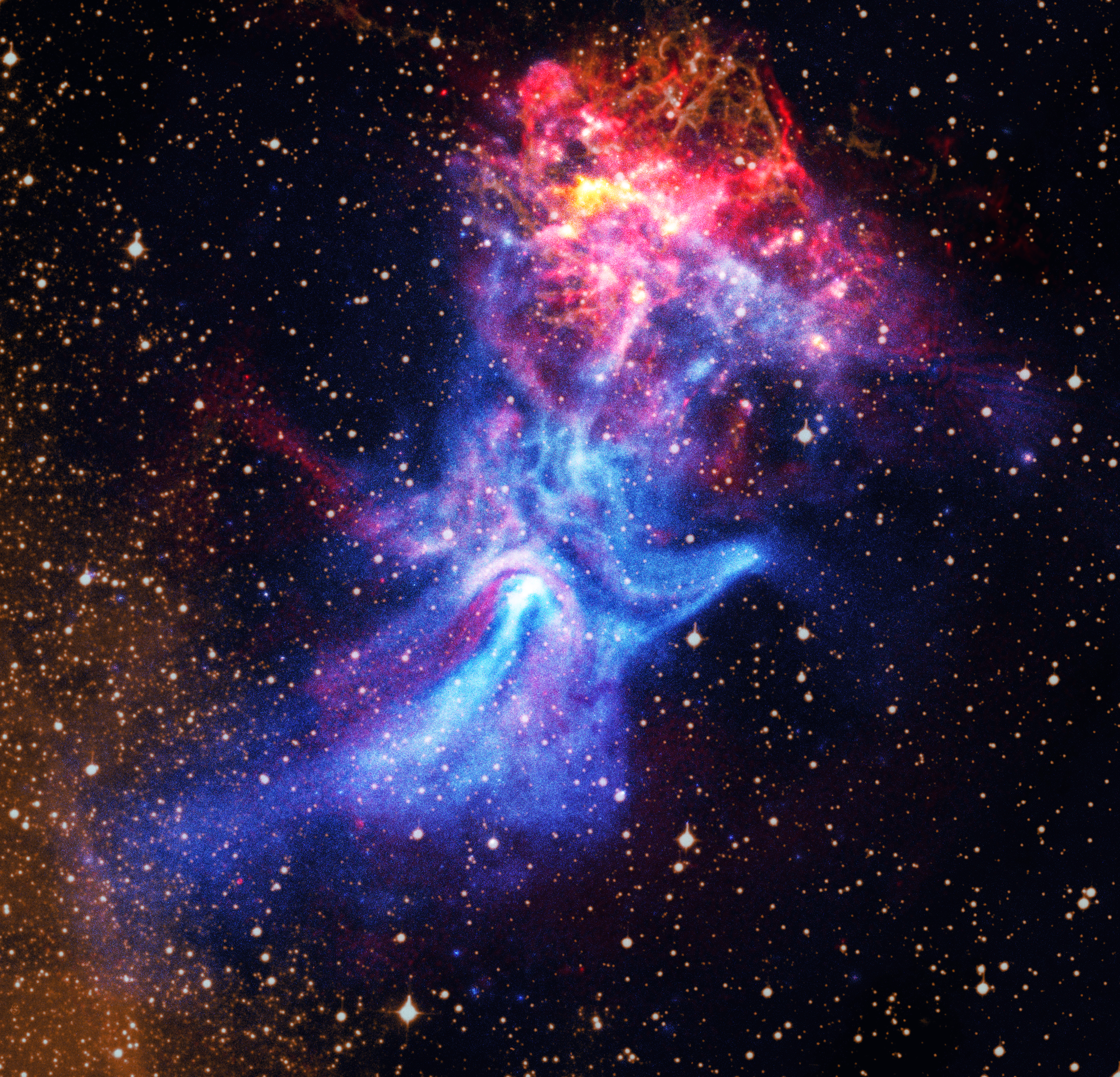NASA, JAXA XRISM Satellite X-rays Milky Way’s Sulfur
Sulfur helps cells work properly in our bodies on Earth and is an important part of a planet’s habitability, or its ability to support life. But we still have a lot of questions about where sulfur is found in the universe. Now, using XRISM, scientists have discovered gaseous sulfur and sulfur mixed with iron in the gas and dust found between stars.
Learn More
NASA’s HWO is the Next Big Leap in Humanity’s Search for Cosmic Company
Finding signs of life on planets outside our solar system won’t be easy and will take the most powerful telescope ever built. That’s where NASA’s Habitable Worlds Observatory (HWO) comes in.
This next-generation mission will build on the groundbreaking tech behind the agency’s Hubble, Webb and upcoming Roman Space Telescopes to peer into the cosmos and find the unique planets that can support life – and maybe even reveal signs of life itself.
Roman is Passing the Vibe Check (Literally)
The core part of the Nancy Grace Roman Space Telescope just aced a major milestone: the all-important vibration test.
Seen in this short video, engineers shook the inner part of the observatory to simulate the intense shaking that it will experience during launch, making sure that it can handle the ride to space without breaking a sweat (or a bolt).









